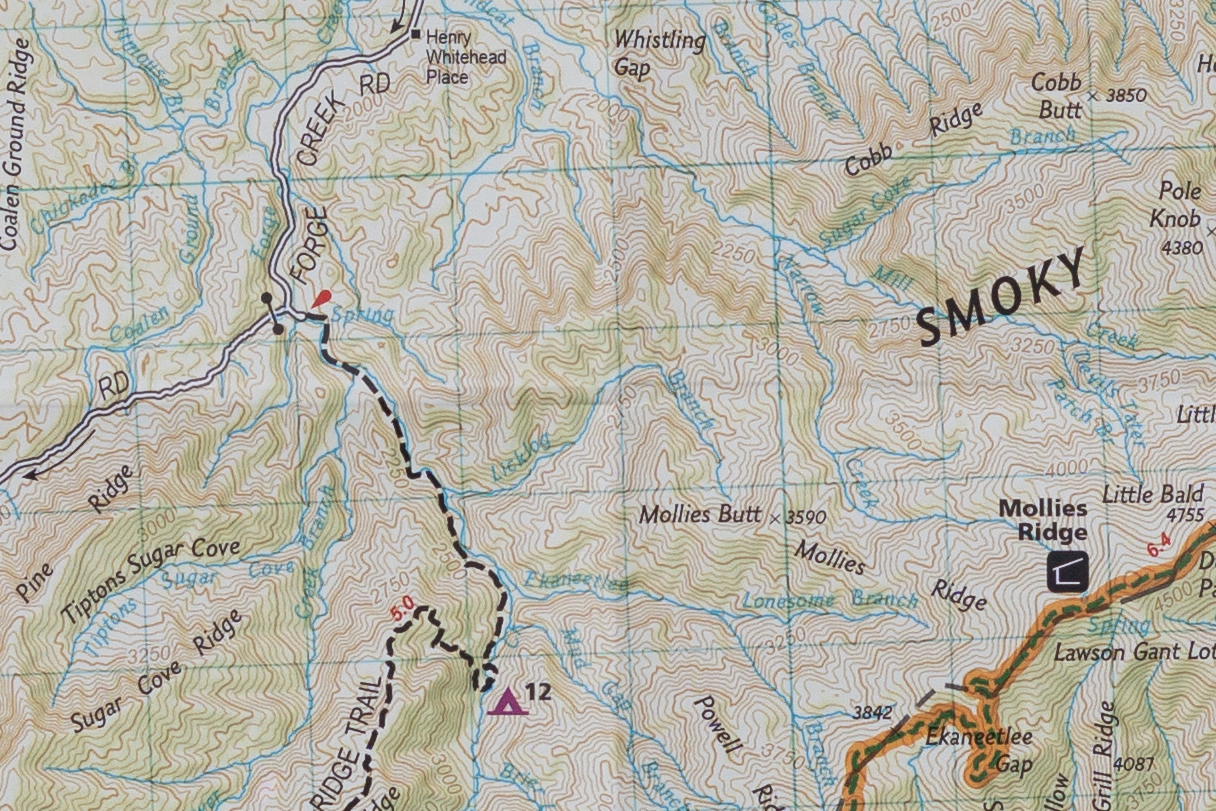When it comes to modern autofocus lenses, your options are typically cheap-feeling plastic up to nice-feeling plastic. Finally, there’s an option for getting the build quality of a beautiful, vintage prime with modern optics and coatings.
The newest 35mm lens for the Sony and Leica lineup, the Sigma 35mm f/2 DG DN, has the look and feel of some of the oldest primes. Sigma has built up a reputation for itself by making really nice lenses at affordable prices. The Sigma 35mm f/1.4 DG HSM Art was, for a long time, my dream lens. It’s very sharp and relatively affordable compared to other 35mm lenses. More recently, Sigma came out with a new 35mm built with mirrorless in mind, the 35mm f/1.2 DG DN Art. Both lenses, however, are quite large and heavy, and while they feel nice in the hand, they are made of plastic and can feel like an anchor to an otherwise light mirrorless camera. This new lens, on the other hand, is small, lightweight, and all-metal construction. Truth be told, all-metal construction mixed with modern optics and autofocus is honestly a bit strange. Further, compared with previous models from the Art series, this lens is a touch slower (f/2 compared with the f/1.4 and f/1.2 from the Art series) while being considerably cheaper than both. Let’s see if the quality, size, and weight of the lens along with the lower price can bring more value than that of the more expensive models.

Build Quality and Handling
This lens is hands down the best-feeling 35mm autofocus lens I’ve ever held. It is properly difficult to overstate how much it brings the feel and appearance of vintage, all-metal lenses into modern-day aesthetics. I’ve seen some reports that the aperture ring also has the same vibe and tactile sensation as a vintage lens, and to be quite honest, I don’t agree at all. It doesn’t have quite the same level of resistance I get from a truly well-built vintage Nikon, Canon, Minolta, or Zeiss lens. That’s not to say that it’s bad or that I dislike it; indeed, I like it very much relative to its contemporary lens counterparts. The MF/AF switch has a very precise and firm feeling when switching between settings. Further, the lens hood is my favorite lens hood I’ve ever seen. The only thing that comes close are vintage lens hoods, but in my experience, they never fit on lenses in a snug way, at least not in the way that competes with the feel of the Sigma.

The handling of this lens is very nice. The size (70 x 67 mm) and weight (325 g) feel great on the front of my Sony a7R II. Not too big, not too small, not too light, not too heavy, all around, it’s a really great handling lens. Manual focus is also quite nice. The focusing ring has a wonderful feeling with the ridging and like the rest of the lens, is all metal. The resistance is as good as it gets. Truthfully, I really don’t like focus-by-wire setups, which at this point seems like the only option.
Left: Uncropped, Right: Cropped Corner
Wide Open Performance: Sharpness and Vignette
As you can see below, without lens corrections, there’s a good deal of vignetting when shot wide open; however, stopping down twice to f/4 clears up nearly all of it. As you’ll also see, the center crop shows some decent sharpness wide open but very good sharpness at f/4. Corner sharpness wide open leaves something to be desired, and in my opinion, it doesn’t really get much better when stopped down to f/4. Keep in mind that these are 200% crops and are very critical evaluations of performance. Throughout the article, I’ll have other examples of the sharpness, which when not pixel-peeping, shows a commendable performance, particularly for a lens less than $1,000.
Left: Entire image shot at f/2, Right: Entire image shot at f/4 with blue sections to identify crops in following examples
Left: Center crop at f/2, Right: Center crop at f/4
Left: Center crop at f/2, Right: Center crop at f/4
What I Like
- All metal construction
- Compact size
- Lightweight
- The lens hood matches the body perfectly
- Price: coming in at $640, it is one of the more affordable options
What I Don’t Like
- Sharpness is good at f/2, really good at f/2.8, and excellent at f/4, but for portraits, it would be nice to have it a bit sharper at f/2
- Weather-sealing is not really on par with other premium lenses
Left: Uncropped, Right: Cropped Corner
Similar Auto Focus Alternatives
Sony FE f/1.8 (cost: $750): The lens I suspect will be most often compared with the new Sigma is the Sony FE f/1.8. The Sony is just a touch smaller and 44 grams lighter (Sigma: 325 g versus 281 g). While the Sony comes in at just over $100 more, they appeal to consumers looking to upgrade their lenses or get into primes but who don’t want to spend more than $1,000. The Sony has a very good reputation for its focusing and sharpness, particularly for the price point. Personally, I would get the Sigma over the Sony in this comparison if for no other reason than that I love the build quality of the Sigma and performance would be similar. If you were inclined to stay within the Sony brand, you may want to go with the FE f/1.8.
Samyang AF 35mm f/1.8 FE (cost: $400): The cheapest lens among the 35mm ~f/2 lineup, the Samyang (a.k.a. Rokinon) is lighter (210 g) than its two competitors but approximately the same size. I have no hands-on experience with this lens, and the lenses I’ve used from this brand have been very unreliable so I would not personally get one of the AF lenses unless manual focus was out of the question and the Sigma and Sony options were too expensive.

Faster and Slower Options
One of the biggest complaints, if not the biggest, will be the speed of the lens. Why not get something faster like an f/1.4 or f/1.2 option? For one, price point plays a big role. Faster lenses tend to be more expensive, as evidenced by the two Sigma Art models and the Sony Distagon T* FE 35mm /1.4 ZA. The real question becomes one of whether or not the added speed improves the utility of the lens. As a landscape photographer primarily, I try to shoot stopped two 2-3 stops unless it’s absolutely necessary to shoot wide open. So, for me, having a faster maximum aperture is nice. In cases where I’m taking portraits, is the faster speed needed? Are slower lenses too slow? Let’s look at the depth of field chart for 35mm lenses, comparing f/1.4 with f/2 with f/2.8.

As you can see, there’s a pretty widespread difference between the 35mm lens options. For example, let’s examine the difference in depth of field for a subject 15 feet away, which is pretty standard for an environmental portrait. An f/1.2 lens (not shown in the figure) would have a depth of field of 3.9 ft, 4.6 ft for an f/1.4 lens, 6.0 ft for an f/1.8 lens (not shown in the figure), 6.8 ft for an f/2 lens, and 11.5 ft for an f/2.8 lens. So, in comparing this Sigma with one of the f/1.4 alternatives, the Sigma would have a little over 2 feet wider depth of field at 15 ft. Whether this difference is meaningful to you would depend on your needs.
Final Thoughts
As you may know, I am a fan of using vintage primes for the majority of landscape work, and truthfully, I still am. I love the tactile feel of vintage lens, and I’ve been pretty reluctant to give that up. Personally, I’ve preordered the new Sony FE 35mm f/1.4 GM, but it came down to this Sigma and the Sony. Who knows, if I justify the added price after I get my hands on the Sony, I may sell it and switch to the Sigma.

















How can you tell that the weathersealing isn't on par with other lenses?
That's what i was wondering too :)
The Sony 35mm f/1.4 GM lens is amazing in low light. I looked at the Sigma 35mm f/1.2 when I was considering the Zeiss 35mm f/1.4, but after my camera shop let me use their 35mm GM demo for a few minutes, there was no turning back. I preordered and Taiwan filled preorders on this lens the first week of Feb. I use it primarily for street photography, but have also done some portraits and landscapes. During Chinese New Year, I took some low light shots of kids playing with sparklers after dark. Wide open, it was allowing 1/40th shutter speeds at 800 ISO where the primary light was the light from the sparkler. There's a little blur because kids get excited when playing with sparklers and they just won't stay still. Prior to using the 35mm GM, I have been using the Sony 20mm f/1.8 G for my street photography. I was amazed by the 20mm at night under street lights, but the 35mm blows me away on how well it performs! I haven't used the Sigma 35mm f/2, but I don't see how it could pull me away from the GM lens, even at half the price.
Why is everyone comparing the Sigma 2/35 to the sony 1.8/35, and saying that the Sigma is cheaper? Is the sony still being sold for its MSRP of 750$ everywhere except here in Austria? When I last checked, the Sony was going for 580€ and the Sigma was sitting at 619€. Is it only like that here in Austria?
Currently, those are the retail prices here in the US.
It sells for about MSRP in the US unless there's a sale going on.
I got lucky and bought it during an EDU discount super sale that B&H had around Christmas. I was actually planning on getting the Sigma, but the discount made the Sony significantly cheaper than the Sigma. I'd still like to rent/borrow a Sigma to compare it and see how it renders though!
I see, when converting € to US$ , it comes to around that price as well. If the Sigma were cheaper over here, probably would have gone with that one. SIgma make some really grat lenses. And I am sure, the 35 f/2 feels great. Also a solid feeling lens, makes photography much more enjoyable. That's why I like vintage lenses, many of them feel really solid.
"It is properly difficult to overstate how much it brings the feel and appearance of vintage, all-metal lenses into modern-day aesthetics." --->
"I’ve seen some reports that the aperture ring also has the same vibe and tactile sensation as a vintage lens, and to be quite honest, I don’t agree at all."
Well there you go, not that properly difficult really. But all joking aside nice review! I look forward to checking this lens out myself.
But then again while I am being sassy, let me humble brag that I love the 35mm f1.2 sigma and my gmaster primes and am really confussed about why I would want to read this article much less own one of these lenses? Why would I want to do either of those things, someone explain? ;-)